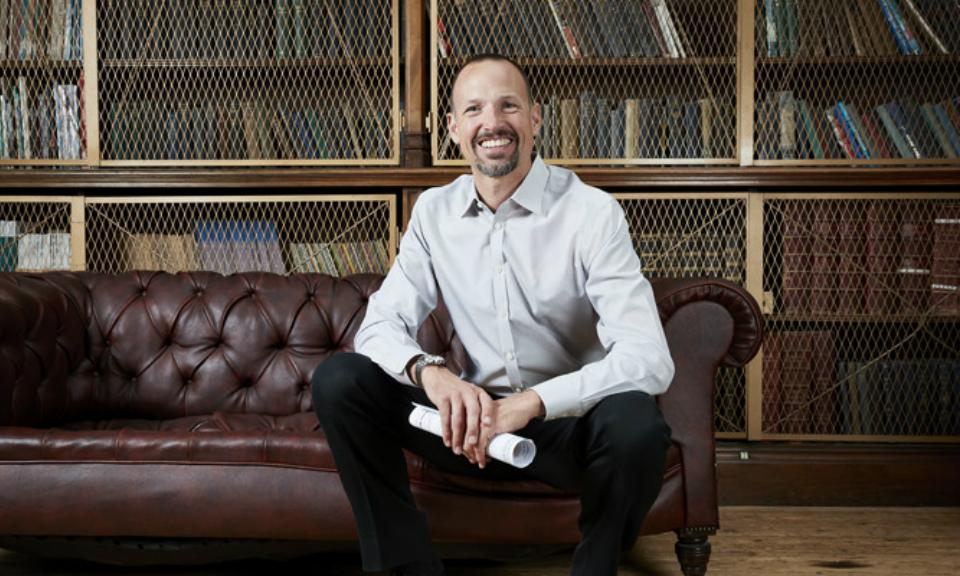
Written by
Published
Category
Key topics
Political will must go together with an attractive investment environment
In 2019, the UK government put forward an amendment to the Climate Change Act that enshrined in law the UK’s commitment to reaching net-zero carbon emissions by 2050. This made the UK the first of the G7 group of nations and the first major global economy to make such a target legally binding, a significant achievement even if the lengthy timescale was called into question.
In practical terms, reaching the climate target will require infrastructure transformation on an unprecedented scale, including making clean energy more affordable and accessible, building efficient smart-energy systems, and decarbonising industry and transport. In spite of the distance of the mid-century goal, major infrastructure decisions need to be made and implemented now to have a chance of meeting it. Political will is one side of the coin in achieving this, but its effect will be limited without a significant increase in financial investment in low-carbon infrastructure - globally around $90 trillion is predicted to be needed before 2030 alone.
Challenges to green investment
In this context, the private investment sector has a key role to play. Monetary policy has reduced the cost of borrowing. Fiscal policy is increasingly focused on spurring economic activity. Once we move past the most extraordinary near-term challenges in public health, the overall environment should be positive for infrastructure investment. A continued low-interest environment means institutional investors will intensify their search for yield. Existing conditions have led to a steady increase in investor interest in low-carbon infrastructure and clean energy over the past decade, but the level remains far below that required to meet Paris Agreement targets.
What really counts as “low-carbon” is often unclear
So why is this the case? For a start, infrastructure investments are frequently structured as public-private partnerships, a format that leaves investors vulnerable to domestic legal and regulatory changes. Partner governments – often under significant political pressure – can find themselves forced to focus on short-term goals rather than the long-term approach that sustainable infrastructure development demands. Furthermore, what really counts as “low-carbon” is often unclear, with competing definitions and regulations making an accurate comparison of options tricky. Investment taxonomies, such as those being enshrined in law by the EU, may help. But ultimately, it’s investors who will have to learn to become more discerning.
Creating confidence
To address these challenges and boost green investment, governments need to ensure there is a sufficient pipeline of available projects. Long-term policy frameworks are key to this, as they give investors the confidence that political backing will not blow with the wind. The UK’s Climate Change Act 2008 is a good example: it provided a statutory framework for keeping the UK on track to achieve an 80 per cent reduction in emissions by 2050, complete with independent statutory oversight through the Committee on Climate Change.
Blended finance models can also help here by using public capital strategically to mobilise investment. For example,structuring transactions to allow governments to take a first-loss position has proven to “crowd-in” the private sector. Multilateral development banks such as the European Investment Bank and the World Bank have always had a crucial role to play. The challenge now is to find many more new and innovative ways to complement them.
Sea change
Fundamental changes in attitudes are occurring in the City of London and that will be repeated soon in financial capitals around the world. The end goal is a more sustainable global financial system in which climate risks are disclosed and properly priced. New infrastructure projects that mitigate these risks are an important part of the investment solution. Standardised definitions will help green the financial system, as will accurate benchmarking and more transparent data.
Meaningful climate targets are ambitious by nature. To achieve them will require an overhaul of entrenched infrastructure and capital market practices. But with the right mix of long-term policy planning, innovative finance models, and deeper recognition of impact as an investment characteristic, these targets are achievable. It will take courage from all of us to speak clearly about the root causes that are stifling progress. That includes politicians, investors, financial regulators – and yes indeed, even us academics. There is a new industrial powerhouse still to be born. With a broad-based commitment, the UK can become a world leader in clean energy and profitable decarbonisation.
This article draws on findings from“Financing Low-Carbon Infrastructure”by TheCityUK and the Imperial Business School Centre for Climate Finance & Investment.



